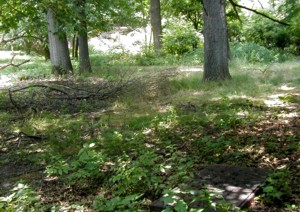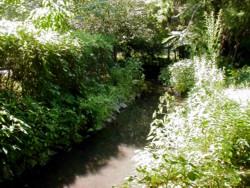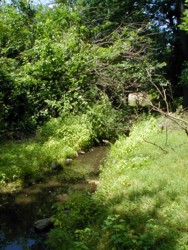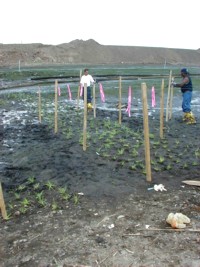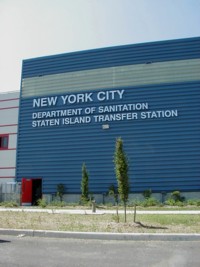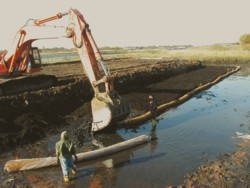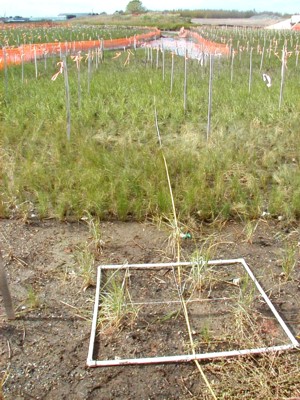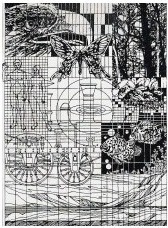 |

Wetlands Creation, Habitat
Restoration
(printer friendly version
uses Acrobat Reader) |
|||||||||||||||||||||
|
of EEA's Environmental Consulting Activities Fall 2005
e-mail addresses:
For information or quotes, Phase I ESAs
|
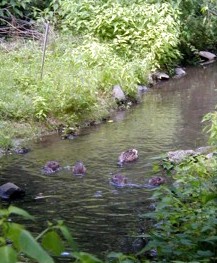 |
|
Waterfowl can be found |
|
In its 1992 report, Restoration of Aquatic Ecosystems, the
NRC (National Research Council ) defined restoration as the "return
of an ecosystem to a close approximation of its condition prior to
disturbance." Further in the report, regarding wetland restoration,
it states: "The term restoration means the reestablishment of
predisturbance aquatic functions and related physical, chemical and
biological characteristics. Restoration is ... a holistic process
not achieved through the isolated manipulation of individual
elements.” Within the restoration model, there are branches that
modify this definition. Creation and enhancement are two such
branches that still restore habitat, but through different
processes. Each “Before” habitat requires a custom made design to
ensure a successful restoration. The “Before” may be very different
habitats and functions than the “After”, but a successful
restoration can still be achieved. Our ecologists here at EEA want
to let you know about two of these projects that are currently in
progress. One is located within The Bronx Zoo and the other
project lies within Fresh Kills Landfill in Staten Island (Richmond
County). The Bronx Zoo The Wildlife Conservation Society (WCS) is designing a Center for Global Conservation at the Bronx Zoo scheduled for opening Spring 2007. Led by FX Fowle Architects, a NYC-based architectural, interior design and planning firm, the design for the WCS world headquarters was recently completed for the 40,000 square-foot office building and the surrounding landscape. The EEA ecology team was called in by HM White Site Architects, an award winning landscape architectural and urban design firm on the team, to assist in the design of the wetland creation phase.
The goals for the wetland creation were multiple; to design a palustrine emergent wetland system to provide stormwater detention and water quality improvement, habitat enhancement and site beautification. This wetland system will be a prominent entry feature for the Global Conservation Hall and a well-traveled wildlife viewing area for visitors. Currently, the existing footprint for the wetlands creation is a successional old field habitat with a mix of ornamentals and non-natives. Mowed lawn, hilly slopes rock outcrops and sparse trees characterize the project site classified as an Oak Tulip Forest by Reschke, 1990.
|
|||||||
|
|
Inventory It!
Members of EEA’s Ecological Division began by investigating the existing hydrological conditions, wetland and upland communities, soil properties, and storm water system. The analysis of existing conditions is a key step that must be completed first in any design. After this data was analyzed, preliminary designs were formulated for the type and size of both aquatic and upland communities to be created or enhanced. Once HM White’s design incorporated our data, EEA reviewed and modified all design details and specifications including plantings, soil amendments, hydrology, flood control measures, soil erosion, substrate stabilization, storm water collection & disposal, micro-habitat analysis and herbivory controls.
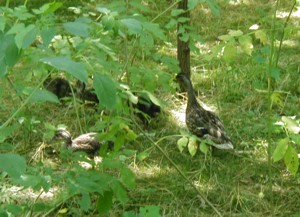 |
|
Waterfowl make use of the adjacent uplands |
What’s Next…
Once plans are finalized, it will be time to address the monitoring plan for the restoration. A Monitoring and Maintenance Plan is critical to both the short- and long-term success of any wetland restoration. Created wetlands may be more challenging to sustain during the early stages of establishment. Monitoring consists of collecting ecological and physical data on the system. Plant health & growth, water level checks, water quality, disease control, wildlife observations and invasive species monitoring are documented. Adjustments are then made to the restoration to ensure continued achievement and successful completion of design performance criteria. The Maintenance Plan will focus on removal of trash and sediment accumulation, particularly around storm water control devices, removal and replacement of dead plant material, long-term site stabilization and repairs/adjustments to all structures as needed.
